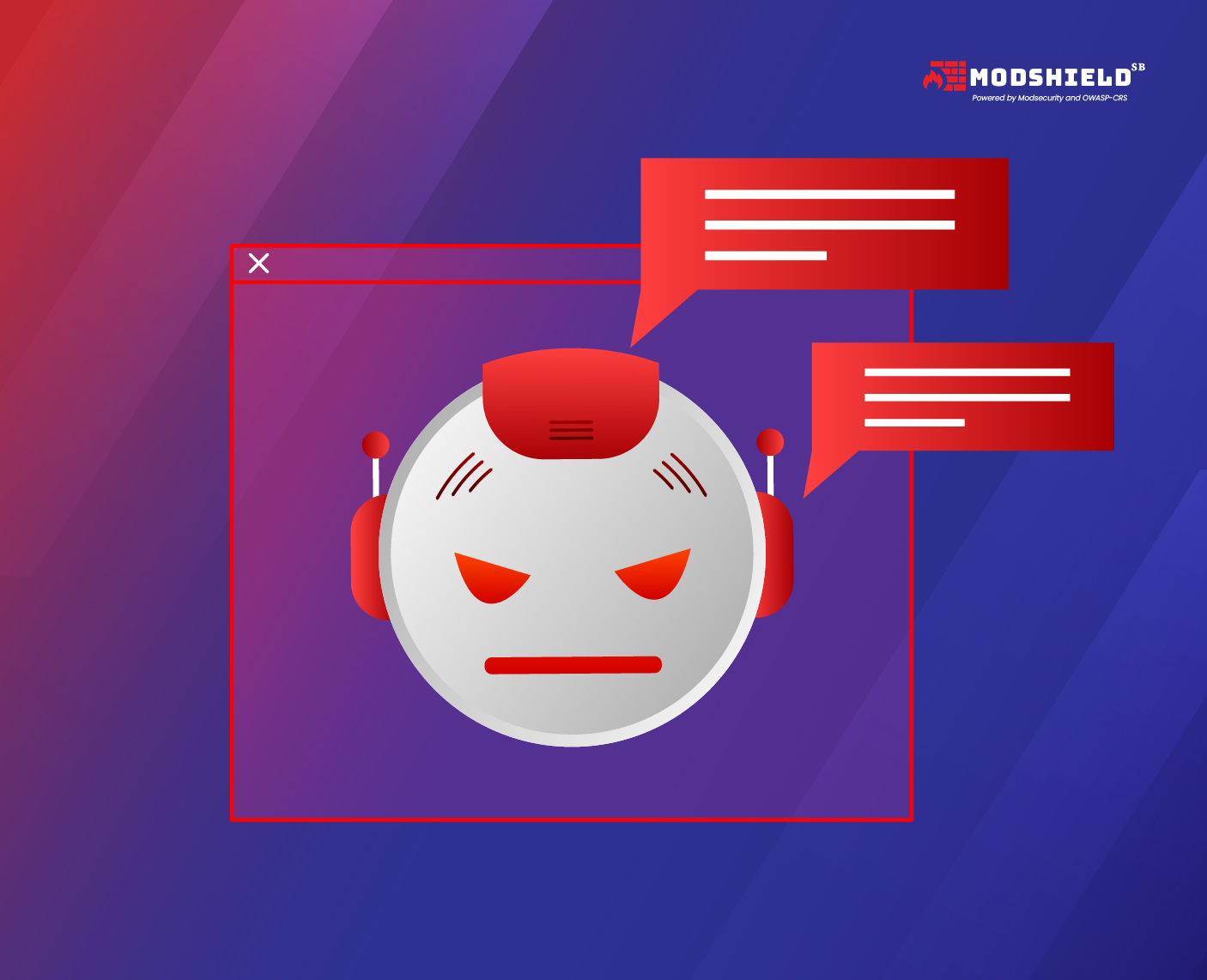What is a DDoS Botnet? How Does it Work?
What is a DDoS Botnet? How Does it Work?

What is DDoS?
A DDoS botnet refers to a decentralised group of computers, internet-connected devices, or bots, that have been infected with malicious software (malware). These devices are controlled by an external party known as the botmaster or bot herder without the knowledge or consent of the device’s rightful owners.
These botnets are utilised for various malicious activities such as executing Distributed Denial-of-Service (DDoS) attacks, spreading malware, stealing data, and much more. In the context of DDoS attacks, the infected devices work together to overwhelm a target system, network, or server with traffic. This can lead to the target system slowing down significantly or even going offline, thereby denying service to legitimate users.
The malware enabling the DDoS botnet operation can be stealthy, running unnoticed in the background or it can immediately take over the device. Regardless of the method, the end goal is similar — to use vast numbers of devices to generate massive amounts of traffic to a targeted system, thereby causing a denial of service.
What is a DDoS botnet attack?
A DDoS botnet attack is a malicious act where multiple online-connected devices, which form a botnet, are used in coordinating a Distributed Denial-of-Service (DDoS) attack.
In this type of attack, each device in the botnet, also referred to as a ‘bot,’ starts to send a flood of network traffic to the target server or network. The sheer volume of these requests overwhelms the target’s resources, and as a result, the server or network can slow down significantly or even crash, hence denying service to legitimate users.
How DDos attack is performed:
- The attacker compromises multiple devices through malware, creating a ‘botnet’ of hijacked devices. This can include computers, smartphones, and even IoT devices.
- The attacker then commands this group of compromised devices to send a flood of traffic to a specific target. This target can be any networked resource like a server or a website.
- The targeted system is overwhelmed by the large amount of traffic, causing it to slow down or fail, resulting in a denial of service for regular users. The target is essentially ‘crowded out’ by the bogus traffic and cannot service legitimate requests.
It’s important to note that the owners of the devices in the botnet are typically unaware that their devices have been compromised and are being used for an attack.
Taking on the Evolving Cyber Threat Landscape
An infamous botnet, Meris DDoS, made waves in the cyberworld with its path-breaking assaults in 2021. More fear-provoking was the birth of fresh threats in 2023, revealing continued evolution in cybercriminal strategies.
With the discovery of newer DDoS botnets tied to Mirai’s source code in September 2023, the cybersecurity situation becomes complex. hailBot, kiraiBot, and catDDoS, among others, have seen fast-spreading, increased activity.
If you’re seeking ways to combat DDoS botnets, Modshield could be part of your solution.
DDoS Botnets & Modshield’s Interventions
Addressing DDoS Attacks with Modshield
The orchestrator of the DDoS botnet, known as the bot herder or botmaster, could be stopped by Modshield. A botnet manifests as a cluster of malware-infected, online-linked systems. These are hijacked by cybercriminals and used to facilitate their malicious plans, often without the device owner’s knowledge.
ModShield can help prevent these botnets from exploiting software vulnerabilities, such as Zyxel’s CVE-2023-28771. More specifically it can maintain updated software and firmware to patch vulnerability points.
ModShield deploys sophisticated solutions powered by ModSecurity to safeguard your network from DDoS attacks. This could be particularly poignant when dealing with onslaughts carried out by botnets, in the form of Application-layer attacks.
By just switching on the DDos protection button in Modshield, it guards the application from multiple control points of botnets. It can create barriers to break down the communications between botnet servers, disrupt peer-to-peer botnet networks, and deny access to botmaster via common platforms.
Pre-existing botnet DDoS instruments in the market, though low-cost, could also be deterred by ModShield’s sophisticated firewall and application security features.
Counteracting Noteworthy DDoS Botnets with Modshield
ModShield can provide crucial network protection against known DDoS botnets like Mirai and its augmented variant, Meris. The platform can also confront other botnets such as Nitol, IMDDOS, Avzhan, ChinaZ, Cyclone, Mr. Black, Cutwail, and Pushdo.
Moreover, Modshield can safeguard systems against exploits, whether they are related to the Zyxel vulnerability (CVE-2023-28771), MySQL servers targeted by ‘Ddos’ malware, or the Mirai-based IZ1H9 variant DDoS botnet.
In summary, ModShield combats these vulnerabilities by using a variety of advanced tactics and measures to shield networks and systems from a broad range of threats.
